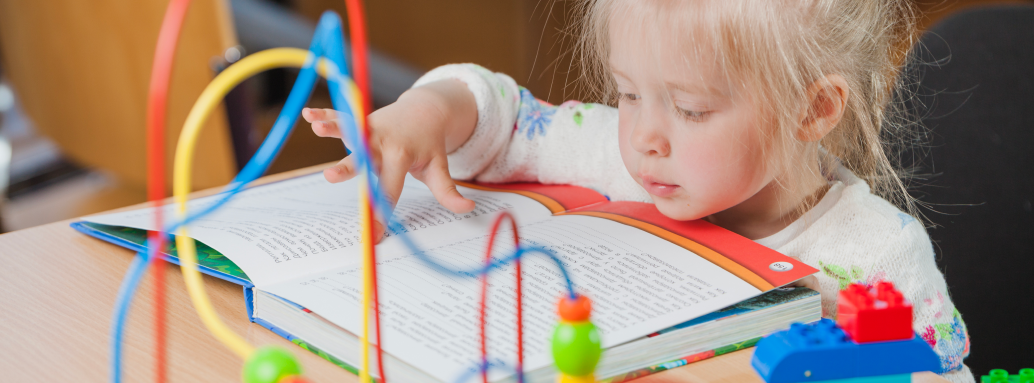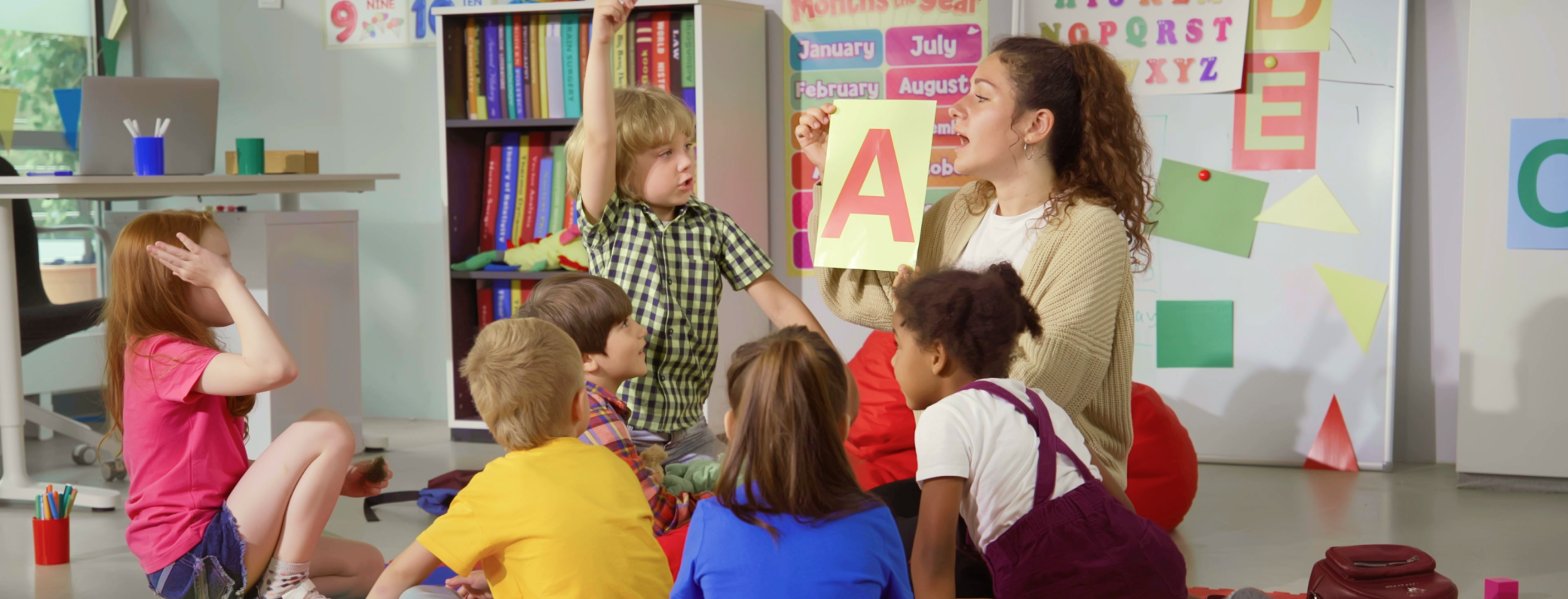As an expert in early childhood education and development, I understand the significance of instilling a love of learning in young children. Cultivating this passion for knowledge early in life can have profound and lifelong effects, shaping a child's attitude towards education and intellectual growth. In the early years, a child's mind is a sponge, ready to soak up knowledge. How can we, as parents and educators, cultivate this natural curiosity to foster a lifelong love of learning?
In this article, we will explore effective strategies to foster a love of learning in young children, promoting a positive and engaging learning journey.
Understanding Early Childhood Development
During the early years of life, a child's brain is rapidly developing, forming essential neural connections that lay the foundation for future learning. Curiosity and exploration are natural drivers of this development, making it crucial to provide a supportive environment that encourages these innate tendencies.
Understanding Children's Learning Styles
Recognizing your child's learning style can make a significant difference in how they perceive education.
Visual Learners
Visual learners absorb information best when they see it. Charts, diagrams, and colorful illustrations captivate these children.
Auditory Learners
These are the children who learn through listening. They benefit from verbal instructions, songs, and discussions.
Kinesthetic Learners
These active explorers learn by doing. They thrive in hands-on activities, science experiments, and outdoor exploration.
15 Practical Strategies to Foster a Love of Learning
1. Encouraging Curiosity and Questions
Young children are naturally curious about the world around them. Encouraging their questions and actively seeking answers together not only satisfies their curiosity but also fosters critical thinking and a love for exploration.
Promoting an Open-Minded Environment
Encourage children to ask questions. Their natural curiosity can pave the way for independent thinking and learning.
Supporting Child's Interests
Pay attention to what sparks their interest. If they show a passion for dinosaurs, provide books, documentaries, and maybe a museum visit.
Providing Positive Reinforcement
Praise effort, not just results. Encourage their progress to foster a growth mindset.
Role of Reading and Storytelling
Reading develops imagination and creativity. Use varied subjects and narratives to expose your child to a wide range of ideas.
2. Making Learning Fun
One of the most effective ways to instill a love for learning is to make it enjoyable.
3. Use of Games and Interactive Activities
Games not only make learning fun but also encourage critical thinking. Online educational games, puzzles, or board games can be very beneficial.
4. Incorporating Learning in Daily Activities
Everyday activities can become learning opportunities. Cooking can teach about measurements and fractions, gardening about science and nature.
5. Creating a Nurturing Learning Environment
A safe and stimulating learning environment is vital for nurturing a love of learning in young children. A space that allows for exploration and discovery without fear of judgment empowers children to be curious and enthusiastic about new experiences.
6. Emphasizing Play-Based Learning
Play is an integral part of early childhood education, and it serves as a powerful vehicle for learning. By incorporating play-based activities, children can develop problem-solving skills, creativity, and social competence while having fun.
7. Cultivating a Reading Culture
Reading aloud to young children is one of the most effective ways to promote a love of learning. By engaging children with captivating stories and books, we can spark their imagination and develop their language skills.
8. Hands-On Learning Experiences
Engaging children in hands-on learning experiences enhances their understanding of concepts and allows them to make meaningful connections with the world. Activities that involve the senses and direct interaction facilitate experiential learning.
9. Fostering Creativity and Imagination
Creativity and imagination are essential aspects of a child's cognitive development. Providing opportunities for artistic expression and imaginative play allows children to explore their ideas and emotions freely.
10. Recognizing and Celebrating Progress
Acknowledging a child's efforts and achievements, no matter how small, boosts their self-esteem and motivates them to continue learning. Setting attainable goals and celebrating progress empowers children to take pride in their learning journey.
11. Emphasizing Positive Reinforcement
Positive reinforcement is a powerful tool in shaping a child's behavior and attitude towards learning. By focusing on praising positive actions and efforts, we can create a nurturing and supportive learning environment.
12. Building a Supportive Learning Community
Collaboration between parents, caregivers, teachers, and educators is crucial in fostering a love of learning in young children. By working together, we can create a cohesive and supportive learning community that empowers children to thrive.
13. Incorporating Technology Wisely
While technology can enhance learning experiences, it should be used judiciously and with age-appropriate content. Balancing screen time with other activities ensures a well-rounded learning experience.
14. Promoting Social and Emotional Development
Social and emotional development is intertwined with a child's learning journey. Teaching empathy, emotional regulation, and promoting positive peer interactions contribute to a well-rounded educational experience.
15. Leading by Example
As adults, we are influential role models for young children. Demonstrating our own enthusiasm for learning and being lifelong learners ourselves sets a powerful example for the next generation.
The Role of Parents and Teachers
Setting an Example: Children often imitate adults around them. Show your love for learning, and your child is likely to do the same.
Building a Positive Learning Environment: Create a space where children feel safe to explore, make mistakes, and learn.
Conclusion
Fostering a love of learning in young children is a multifaceted process that requires a combination of a nurturing environment, play-based learning, and a supportive community. By embracing curiosity, encouraging exploration, and recognizing progress, we can ignite a lifelong passion for knowledge and learning in our young learners.
Fostering a love of learning in young children isn't a one-time effort, but a continuous process. With understanding, patience, and the right approach, we can inspire a lifelong passion for knowledge in our children.
FAQs
1. How can I identify my child's learning style?
You can identify your child's learning style by observing how they interact with their environment. If they prefer to look at pictures, diagrams, or prefer reading, they may be visual learners. If they seem to understand better when they hear the information, they might be auditory learners. Kinesthetic learners are usually those who can't stay still and prefer physical activities. You can also seek help from educational psychologists who use specific tools and tests to identify a child's learning style.
2. What are some hands-on learning activities for kinesthetic learners?
There's a vast range of hands-on learning activities for kinesthetic learners. Examples include arts and crafts, puzzles, building blocks, and physical games that involve a learning component. Also, consider activities like gardening, cooking, or DIY science experiments. These learners often excel in sports, drama, and dance. Incorporate learning into these activities by discussing related topics, such as the physics of soccer or the history of dance styles.
3. How can I incorporate learning into everyday activities?
Incorporating learning in everyday activities is all about seizing the moment. During meal times, you can talk about nutrition and where food comes from. When shopping, your child can help count items or calculate costs. Chores like laundry can teach sorting and folding skills. Natural phenomena like rain, snow, or changing seasons also offer great learning opportunities.
4. How can I support my child's interests if they're constantly changing?
Children are naturally curious and their interests often change as they grow and discover new things. Supporting these evolving interests can mean providing resources related to their current fascination, whether that's books, videos, toys, or outings. Use each interest as a learning opportunity but avoid pushing too hard if they start losing interest. Remember, the goal is to foster a love for learning, not to create an expert in each area they show interest in.
5. What if my child doesn't show an interest in reading?
If your child doesn't show an interest in reading, try to find out why. They may be struggling with words, or they might not have found a type of book they like. Experiment with different book genres and formats. Graphic novels, books on topics they love, or interactive books can pique interest. Also, consider involving them in activities that require some reading, like cooking from a recipe or building from an instructions manual. Audiobooks can also be a great alternative. The goal is to show them that reading is not just educational but can be enjoyable too.
Billing, Invoicing Automation & Smart Finances
Communication & Engagement
Child Development & Progress
Waitlist, Forms & Attendance
Effortless Team Management
Daily Updates That Matter
Templates & Printables
Blogs
Webinars
Case Studies & Testimonials
FAQs
Help Center


